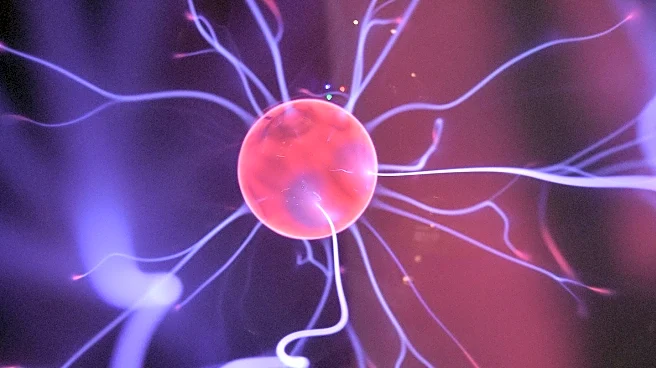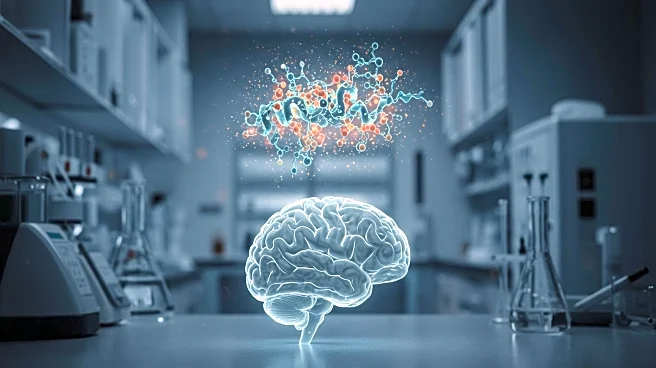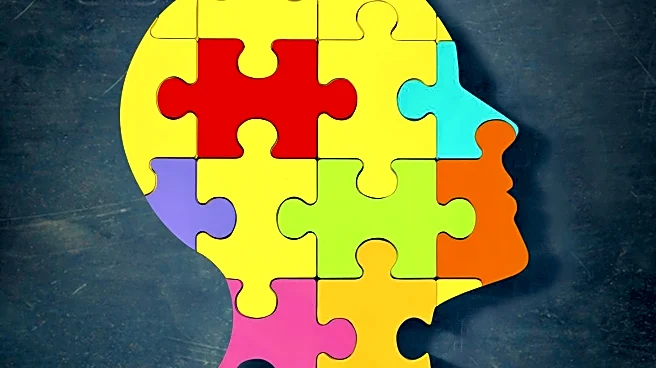Rapid Read • 8 min read
A new study conducted by Tamar Makin at the University of Cambridge has challenged the long-held belief that the brain's somatosensory cortex reorganizes itself following an amputation. The research involved MRI scans of individuals before and after arm amputations, revealing that brain activity related to finger movement remained unchanged post-amputation. This contradicts previous studies in macaques, which suggested that neurons in the somatosensory cortex could reallocate functions to different body parts after nerve severance. The findings indicate that the brain does not undergo significant remapping, which has implications for understanding and treating phantom limb pain—a condition where amputees perceive pain in limbs that are no longer present.
AD
This study has significant implications for the treatment of phantom limb pain, a common issue among amputees. The traditional approach, based on the theory of brain reorganization, often involves using visual cues to prompt the brain to remap itself, with mixed results. The new findings suggest that these treatments may not be effective, as the underlying theory is incorrect. This could lead to a shift in treatment strategies, focusing instead on preventing nerve growth that contributes to phantom limb pain. The research highlights the need for a reevaluation of current medical practices and could pave the way for more effective interventions that address the root causes of phantom limb pain.
The study suggests alternative approaches to treating phantom limb pain, such as grafting nerves into new tissue during amputations to prevent nerve thickening. Researchers may explore these methods further, potentially leading to new surgical techniques or therapies. Additionally, the findings could prompt further investigation into the brain's plasticity and its limits, influencing future neuroscience research. Medical professionals might reconsider existing treatment protocols for amputees, integrating new insights from this study to improve patient outcomes.
The study raises ethical considerations regarding the treatment of phantom limb pain and the use of visual cues or virtual reality in therapy. It challenges the notion of brain plasticity, prompting discussions about the limitations of current neuroscience theories. Culturally, the findings may influence how societies perceive and address pain management, particularly for amputees. Long-term, this research could lead to a paradigm shift in neuroscience, emphasizing the importance of accurate scientific theories in developing effective medical treatments.
AD
More Stories You Might Enjoy










